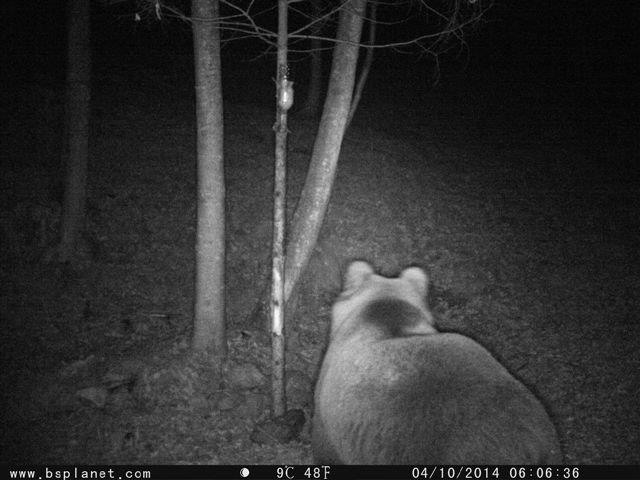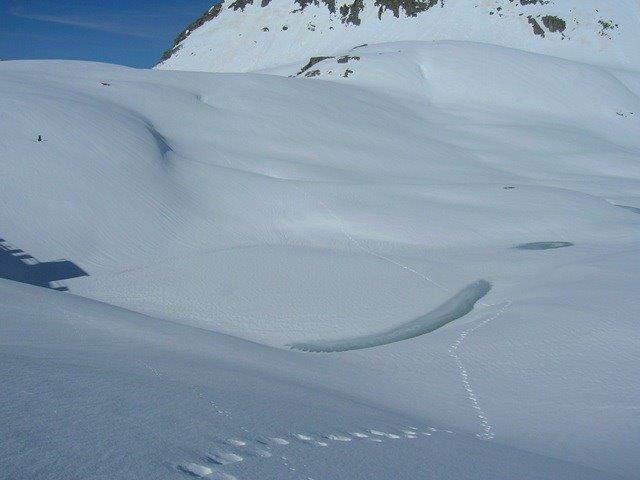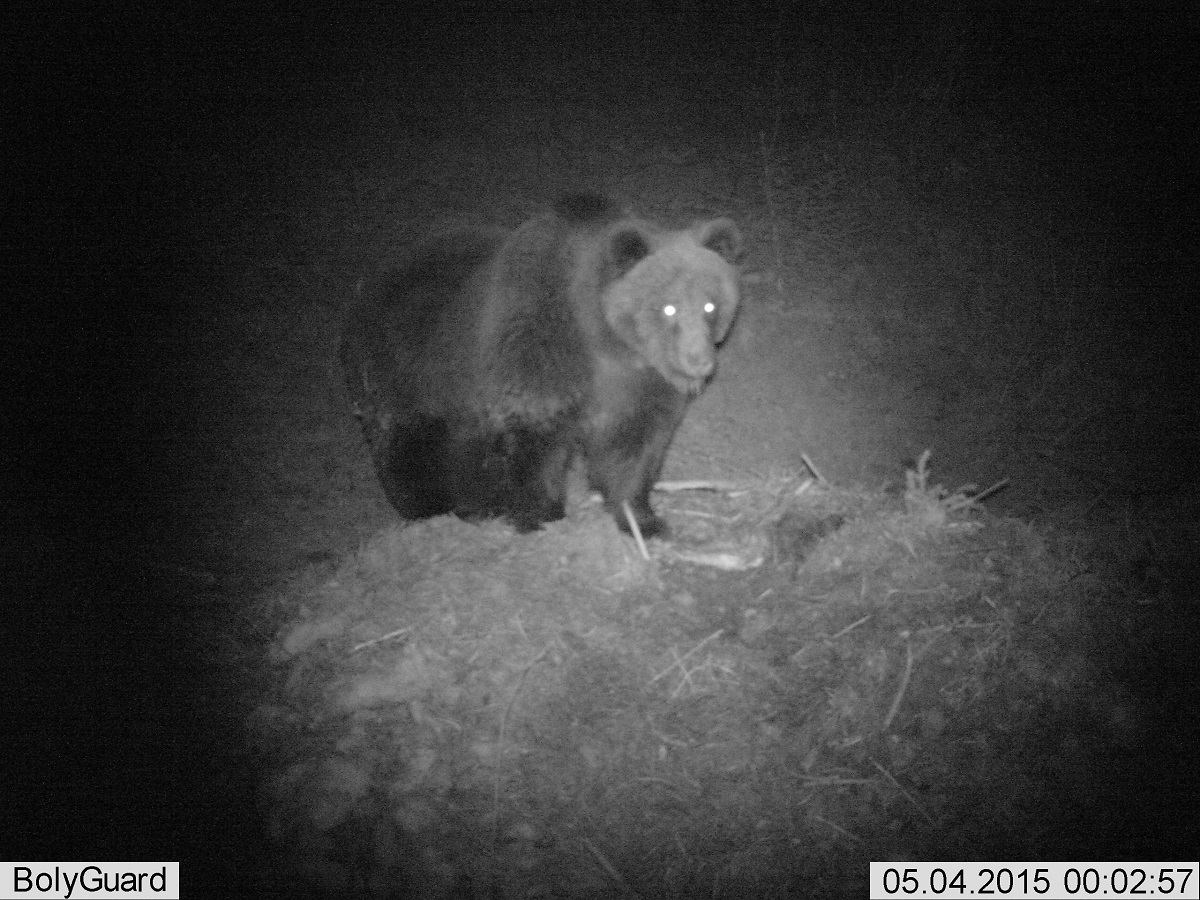Today the Alpine bear population counts about 50 individuals, mostly located around the western sector of the province of Trento (over 50%) – where the LIFE URSUS project led at the end of the Nineties (1999) to a restocking with animals from Slovenia – and the eastern Alpine area on the border of Italy, Slovenia and Austria.
The two populations are still disjointed and the exchange of animals between the eastern and central Alpine areas remains limited to isolated cases, mostly related to young males in dispersion. The Adige Valley is undoubtedly an important barrier increasingly difficult to overcome.
The presence of the species in the Lombardy region is currently limited to the eastern (Valle Camonica, Alta Valtellina) and central-eastern Alpine (Orobie) sectors, where in recent years mainly temporary dispersed young males are present.
The Brown Bear population is not yet considered stable in Lombardy and its occurrence varies according to the seasonal movements of the animals in western Trentino. However, in the last years the species has been found in Lombardy every year, specifically in mountain areas of the provinces of Bergamo, Brescia and Sondrio. Between 2008 and 2010 the JJ5 bear was found on the Orobie of Bergamo, returned to Trentino and later died as a result of a capture attempt in 2012. It was then the turn of bears M6 and M2 in 2010 and M12 in 2011, near Brescia, at the border with the province of Trento. 2012 was a special year that has seen the presence of at least three specimens genetically identified (DJ1G1, M7 and M9) but based on the series of reports received during the year, it is presumed that up to five different specimens were present. One of these bears, genetically identified as DJ1G1 was found dead of unknown causes in the summer of 2012. In 2013 the M7 Bear arrived for the first time in the province of Lecco, while the M13 bear, that was present between 2012 and 2013 in the Lombardy region, in particular the Valtellina area, was shot in February 2013 in Puschlav, Switzerland. In 2014 the M25 young male with radio collar, was in the Valtellina area and made headlines in the media. In the same year two other individuals were genetically recorded. The M25 bear wintered in Lombardy and the signals from the radio collar stopped in April 2015 in the mountains above Tirano (within the Sondrio province), and since then there were no more collar or bear traces. In 2016 a bear spent time in the Province of Bergamo.
Despite the constant and increasingly frequent appearances of the bear in our mountains, the future of the species is still uncertain: in recent years there were accidental deaths connected with captures, as in the case of the JJ5 or Daniza bear, and culling of some specimens, as in the case of the M13 bear, shot down by Swiss canton authorities; some bears have “disappeared” as M25, or were found dead (as in the of the M6 bear, that died from poisoning in the Val di Non –in the Province of Trento- in 2015). If one adds to this the fact that females currently live in a quite limited area of the Province of Trento and the population growth trend seems to have stalled in recent years (the minimum number of individuals “certain” is 48), it is necessary to continue working to ensure the compatibility of the presence of bears with human activities in our territories.


In order to enhance the management strategy of the species, following up the experience gained in the ARCTOS project, a specific Thematic Working Group is expected to be activated for the health management of specimens in emergency situations and the personnel will be trained and upgraded on bear management procedures: recognition of the tracks, monitoring and sampling techniques, recognition of evidence of predation and practical training on emergency management (action A16).
One of the key factors for the survival of large carnivores such as bear, wolf and lynx is to be attributed to the level of acceptance of the presence of the species from local populations. Therefore a proper communication is important relative to the biology and behavior of the species, damage prevention and the solutions for a possible coexistence with humans. The project involves communication actions on large carnivores at regional level (action E14), including moments of information and communication for different target and outreach materials on the presence of large carnivores in the region, in order to contribute to the dissemination of knowledge on large carnivores in Lombardy (mainly brown bear and wolf). The activity is aimed at citizens, local administrators, breeders, farmers and managing bodies.
For further information about the LIFE ARCTOS project, which launched the first bear management actions in Lombardy from 2010 to 2014, see
www.life-arctos.it
For information on the bear from the website of the Province of Trento:
https://orso.provincia.tn.it/L-orso
Bear M25. Courtesy of Provincia di Sondrio

